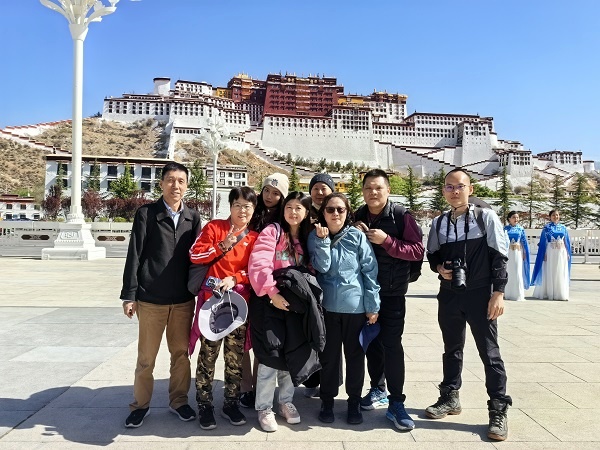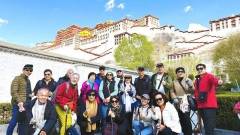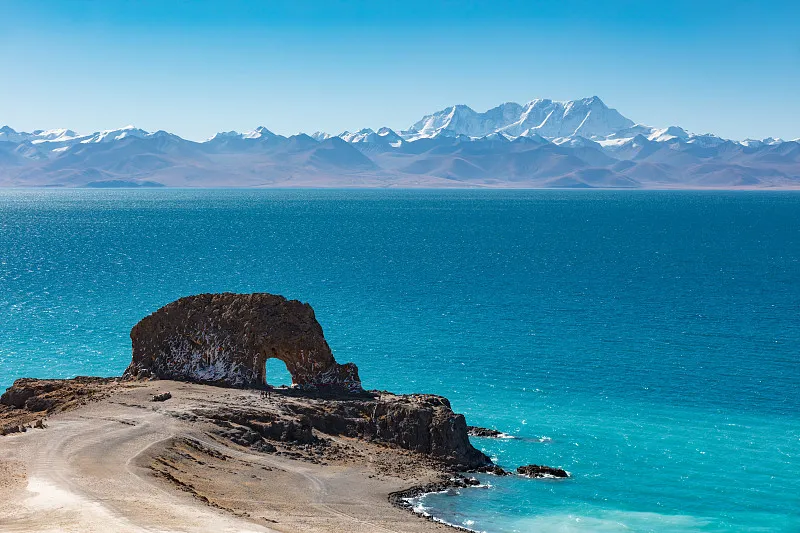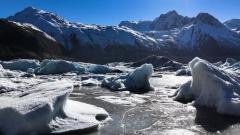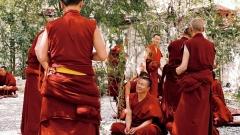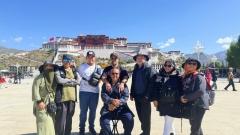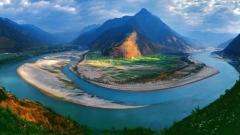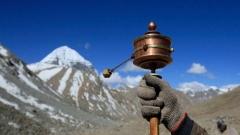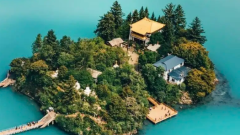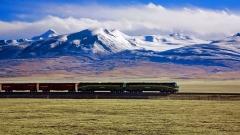Lhasa, perched at 3,650 meters above sea level, has captivated travelers for centuries with its blend of ancient spirituality, imposing architecture, and vibrant local culture. Often dubbed the “City of Sunshine,” this high-altitude metropolis dazzles with clear blue skies and up to eight hours of daily sunlight, making every corner a photographer’s dream. Yet beyond the visual spectacle lies a deep well of Tibetan tradition, pilgrimage, and pilgrimage routes that enrich the soul.
1. Experience Timeless Tibetan Traditions in Lhasa’s Old City
One of the most common concerns among travelers is that modern development might dilute Lhasa’s centuries‑old charm. In reality, while urban infrastructure and tourist facilities have undeniably improved, the spiritual core of Lhasa remains remarkably intact—especially in the Old City around Barkhor Street and the Jokhang Temple.
At dawn, you’ll witness waves of devoted pilgrims prostrating along the barkhor circuit, spinning hand‑held prayer wheels and chanting mantras in unison. The air fills with the incense smoke of pine and cypress—offerings meant to honor the Buddha and purify the soul. Local families, dressed in traditional chubas (woolen robes), carry joss sticks as they circumambulate the Jokhang, placing their trust in its status as Tibet’s spiritual epicenter.
Guided tours led by China Dragon Travel’s local experts allow you to join this fervent kora (circling ritual) respectfully. You’ll step inside the Jokhang Temple to pay homage to its life‑size statue of Shakyamuni Buddha and climb the red‑and‑white façade of the Potala Palace, exploring halls once reserved for Dalai Lamas. Through these ancient rituals—unchanged despite the march of time—you’ll feel a direct connection to Lhasa’s sacred past.
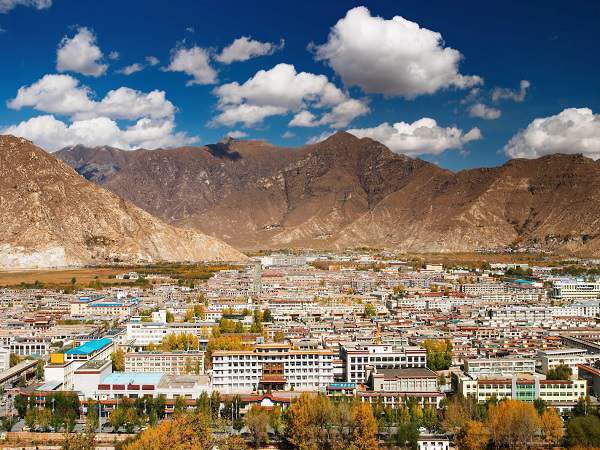
Lhasa City
2. Marvel at Lhasa’s Iconic Potala Palace & Jokhang Temple
No visit to Lhasa is complete without standing beneath the massive walls of the Potala Palace. Once the winter residence of Tibetan Dalai Lamas, its fortress‑like silhouette dominates the city skyline. Inside, a labyrinth of chapels, assembly halls, and royal living quarters showcase intricate murals, gilded statues, and centuries‑old religious artifacts. From the White Palace’s austere administrative chambers to the Red Palace’s richly decorated sanctums, the Potala offers an immersive journey through Tibet’s regal history.
A short walk away lies the Jokhang Temple—the spiritual heart of Tibetan Buddhism. Built in the 7th century, this temple draws pilgrims from across the Himalayas. Its inner sanctum houses a precious 12‑year‑old Sakyamuni Buddha image, believed to have been carved by the emperor Songtsen Gampo’s Chinese wife. Surrounding courtyards teem with prayer wheels, Tibetan flags, and vendors selling yak-butter lamps. As bells chime and pilgrims glide clockwise around its halls, you’ll sense why the Jokhang remains an indispensable site for devotees and cultural enthusiasts alike.
3. Capture Unforgettable Moments in Lhasa: A Photographer’s Paradise
If you’ve ever dreamed of capturing the golden hour over Himalayan peaks or the weathered faces of devout pilgrims, Lhasa delivers on every front. The city’s high altitude yields crystal‑clear air, while its position in a rain shadow creates predominantly sunny days—perfect for dramatic, high‑contrast shots.
- Sunset Over Potala Palace: Hike or drive to the Chakpori Hill viewing platform for a panoramic vista. As the setting sun bathes the palace walls in molten gold, your photos will radiate otherworldly warmth.
- Barkhor Street: Early morning light illuminates the spinning prayer wheels and colorful storefronts, offering candid street‑photography opportunities.
- Sera Monastery Debates: Witness monks engaging in lively philosophical debates in the monastery courtyard—a dynamic scene of raised arms, laughter, and scholarly rigor.
- Local Portraits: Seek out teahouses where village elders sip sweet Tibetan butter tea. Their lined faces and warm smiles encapsulate a lifetime of devotion and resilience.
Whether you’re an amateur with a smartphone or a pro with a telephoto lens, Lhasa’s interplay of light, stone, and tradition will leave you with images as memorable as your journey.
4. Embark on Epic Lhasa Trekking Routes for Every Skill Level
Lhasa’s environs provide a diverse array of trekking options, ranging from gentle half‑day walks to multi‑day pilgrimages. These routes allow you to stretch your legs, breathe in pure mountain air, and discover remote spiritual retreats.
- Drepung Monastery Hike (Half Day): Ascend to the sprawling Drepung complex, once home to thousands of monks. Scenic viewpoints along the trail reward you with breathtaking panoramas of the Lhasa Valley.
- Ganden Monastery Kora (1–2 hours): Circumnavigate this mountaintop monastery for sweeping views of both the monastery’s whitewashed walls and the valley below.
- Pabonka to Sera Utsé (11 km): A day trek that threads through pine forests and yak pastures, ending at a secluded nunnery with striking vistas of snow‑capped peaks.
- Ganden to Samye Pilgrimage (4 days): Follow the ancient gelugpa pilgrimage route, crossing high passes and camping beside mountain streams en route to Samye—the first Tibetan monastery founded in the 8th century.
Along the way, you’ll encounter nomadic yak herders, fluttering prayer flags, and isolated hermitages, each bearing witness to centuries of faith and tradition.
Recommended Lhasa Group Tours: 8-Day Classic Tibet Tour: Lhasa, Everest, Namtso & More
5. Join Lhasa’s Festivals, Birding Tours, and Adventure Sports
Lhasa’s appeal extends far beyond its religious landmarks. Depending on the season, you can immerse yourself in colorful Tibetan festivals, witness migratory bird flocks, or test your mettle on mountain bikes.
- Tibetan New Year (Losar): Celebrated in February or March, Losar features masked dances, butter‑sculpture displays, and family feasts that unite the community in joyous renewal.
- Shoton Festival: Held in July or August, Shoton marks the end of the monks’ meditation retreats. Giant thangkas (Buddhist scroll paintings) unfurl on monastery hillsides, drawing large crowds.
- Birdwatching in Winter: From November to March, the Lhasa Valley becomes a haven for black‑necked cranes, ruddy shelducks, and Pallas’s gulls—offering unforgettable birding experiences.
- Cycling and Motorbiking: Rent mountain bikes or 250cc bikes to circle the valley on quiet roads, mixing adrenaline with cultural exploration.
These diverse activities ensure Lhasa remains fresh and exciting, whether you’re chasing wildlife, participating in centuries‑old rituals, or seeking a new perspective on familiar vistas.
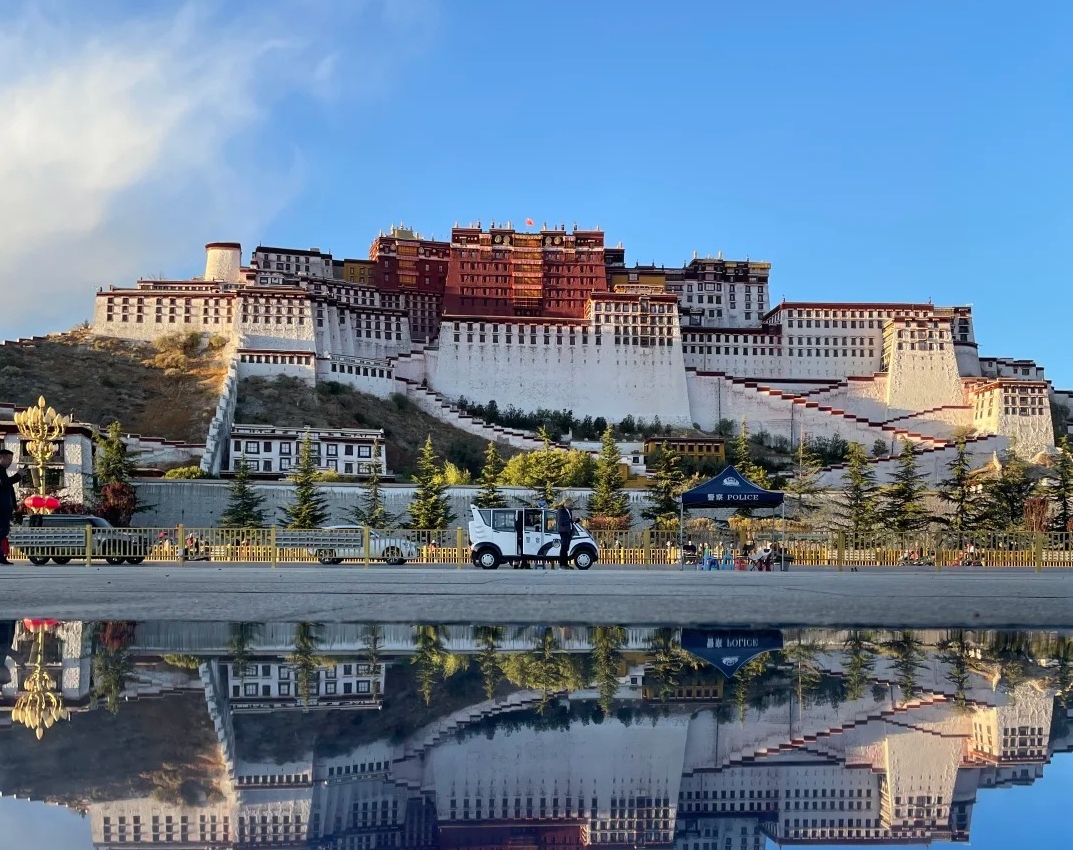
Potala Palace
6. Enjoy Lhasa’s Affordable, Accessible, and Well‑Connected Travel
Unlike the steep price tags of Tokyo or Hong Kong, Lhasa offers exceptional value for money. Budget accommodations, street‑food stands, and communal homestays make it possible for backpackers and luxury travelers alike to experience Tibet without breaking the bank.
Modern transport links—daily international and domestic flights, plus the scenic Qinghai–Tibet Railway—mean Lhasa is easier to reach than ever. Whether you arrive via Chengdu’s airport, Xi’an’s high‑speed rail, or Kathmandu’s mountain runway, you’ll find onward connections to the rest of Tibet and beyond are seamless and comfortable.
Recommended Lhasa Group Tours: 11-Day Classic Panorama Tibet Tour: Lhasa, Everest, Nyingchi & More
7. Acclimate Safely in Lhasa Before Exploring Higher Altitudes
At an elevation of 3,650 meters, Lhasa serves as the perfect acclimatization stop before venturing to higher altitudes like Everest Base Camp or Mt. Kailash. Spending at least two nights in the city helps your body adjust to the thin air, reducing the risk of acute mountain sickness.
Use this buffer to shop for necessary supplies—oxygen canisters, high‑altitude medications, warm clothing—and to explore popular city attractions at a leisurely pace. By the time you continue to western Tibet, you’ll be physically prepared and mentally energized for the challenges ahead.
8. Rediscover Lhasa: Holy Lakes and Hidden Gems Nearby
Even seasoned travelers will find plenty of reasons to return to Lhasa. Two of Tibet’s most stunning holy lakes lie just beyond the city limits:
- Yamdrok Lake (2 hours southwest): Famous for its turquoise waters and flanked by snow‑capped peaks, Yamdrok’s shores offer serene campsites and encounters with Tibetan mastiffs.
- Namtso Lake (2 days northeast): At 4,718 meters, Namtso is one of the world’s highest saline lakes. Its vast expanse, dotted with yak caravans and Buddhist hermitages, evokes a sense of timeless wonder.
Closer to town, you can explore Drak Yerpa—a cliffside meditation complex said to have been visited by Guru Rinpoche—or trek to small hamlets like Tsubshi to experience pastoral life firsthand. Each new excursion reveals a fresh facet of Lhasa’s multifaceted charm.
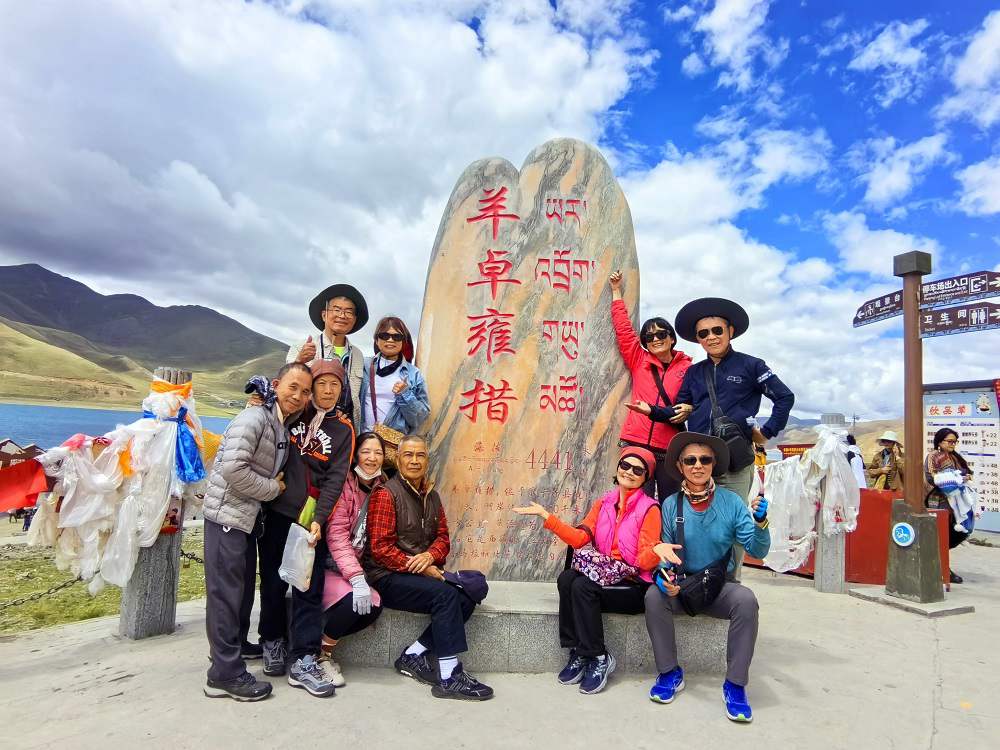
Yamdrok Lake
Special Offers for Your Trip to Lhasa China
For those seeking a hassle‑free journey and insider access to hidden corners of Lhasa China, China Dragon Travel offers customizable guided tours led by experienced local experts. From securing travel permits and arranging comfortable transport to curating off‑beat excursions and ensuring your safety at high altitudes, China Dragon Travel handles every detail so you can simply immerse yourself in the wonder of Lhasa.



